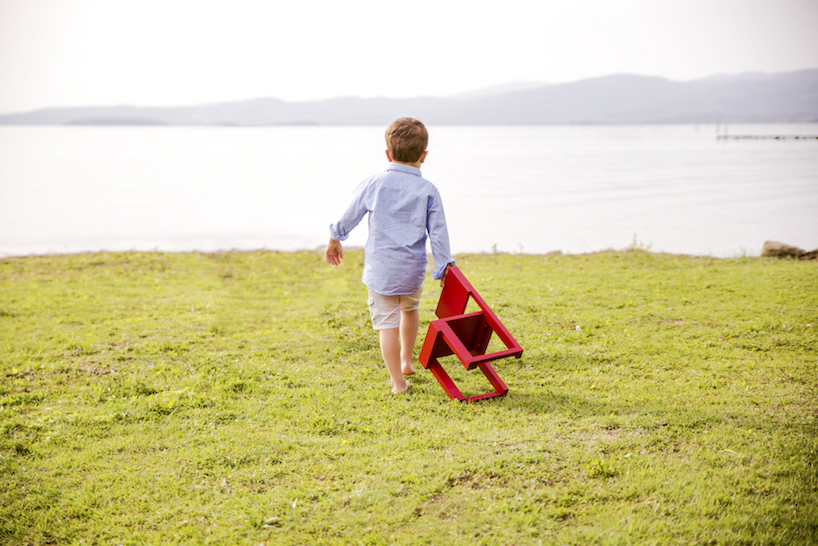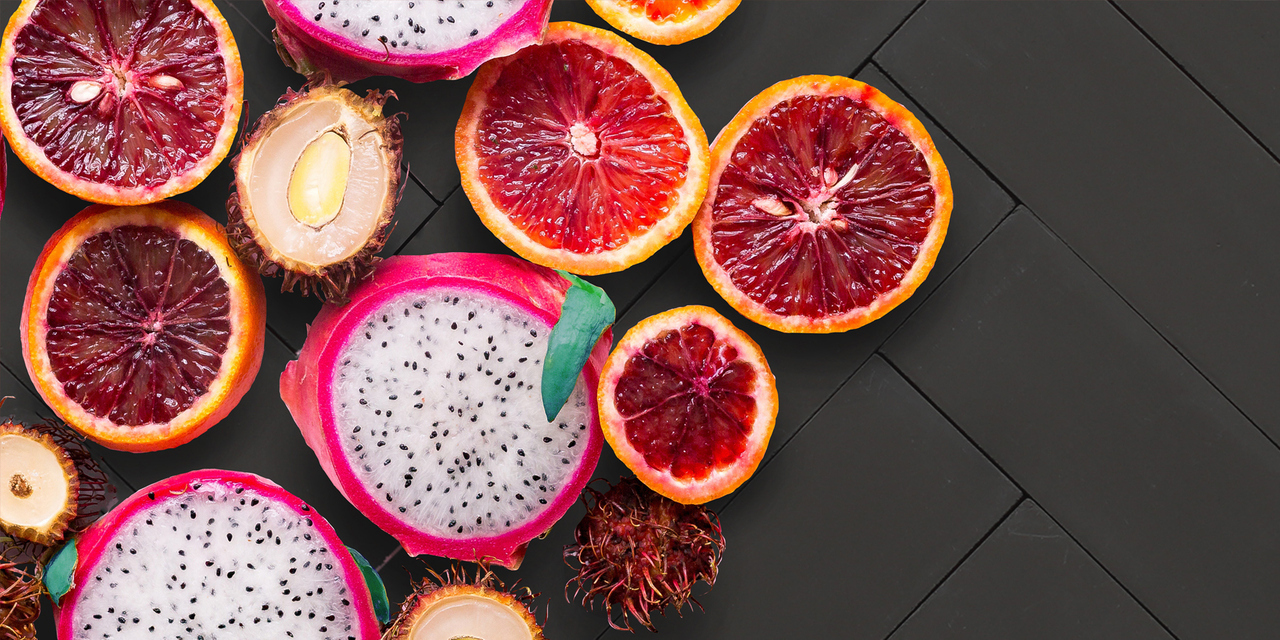While on a tailored tour of Southern Italy last week, I came across some remarkably designed furniture made for children and inspired by the Bauhaus. Carefully created by Arcadia Design, each piece is modular, sustainable and cute as a button. We interviewed the designers via email yesterday:
Your design philosophy?
We envision a design that changes as you do. Rather than fix interiors we prefer objects that you can modify to make exactly what you need. According to us design is eco-design, but also re-design.
And modularity is the basis for this circular design and a choice made to stimulate reuse, transformation, customization and imagination, that adults and children can share through objects: they enjoy assembling them when they get the pack. They can customize or replace modules over time, disassemble them at the end and give them a new beginning, making one of our suggested products or invent new ones.
We embraced the circular economy principles because we believe that objects should never be thrown away, but always transformed. This is possible with EASYDiA+EASYoLo, because they are made to be easily assembled and disassembled, last long, be repaired and modified and are in bio-materials.
The origin of the idea for these chairs and tables?
The design was born to respond to a practical need, from a friend who wanted to build his own chair, but was lacking the tools for the crosspieces. That is where Massimo (Germani, the architect behind EASYDiA and EASYoLo) started to develop the structure at the basis of both chair, tables (different variants are possible), but also other pieces available through a custom design project. During the process of patenting it, we realized that this structure also grants stability, using fewer raw materials.
The intent of their design?
The design-for-reuse and circular design is a way to avoid the tons of wastes that comes from the disposal of our furniture. As said, modularity helps to make our products last long, be maintained and reuse them easily. Beyond this, simple shapes are the best trigger to imagination and play. Children know that, but we should never forget it. You have a product where every geometrical form we designed is made to interact with colors, materials and above all tastes. Last but not least, once you do not use them as chairs and tables any longer, children can still play with the modules over and over again.
The inspiration for their design?
Walter Gropius, who within the Bauhaus claimed that aesthetics are linked to the production means available.
The materials?
When choosing materials, we set very high sustainability standards, in collaboration with the University Milan Bicocca, and this led us to select precious but simple materials.
Our products are entirely made in solid wood, in order to limit the use of glue and make them adapt for maintenance and reuse. The standard version is in EU FSC certified ash, a not too heavy and well workable wood, with bright, open-pore lacquered colors or just natural finishes
.
A special limited edition was also developed, made in Central Italy chestnut (from Tuscany, Marche and Umbria), an even lighter wood largely ignored in the recent past. The use of local wood further cuts transports and supports the maintenance and valorization of local woods. In order to enhance the beautiful features of chestnut, it is treated with a dyed or natural effect, again playing with colors and mixing open pore and dyed finishes. Finishes were carefully selected, again with the supervision of the University. They were chosen because they completely avoid risk phrases and are non-toxic, both for health and the environment. They are based on a complete water-based cycle and are suitable for food contact.
Their sustainability?
We believe that the most sustainable choice is to make circular economy mainstream, and not only introducing the possibility to recycle (which is actually the most-used, but the least sustainable choice among all), but supporting reuse. Beyond this there are several sides in our sustainability vision. While working with the University we realized that the main impact on the environment comes from transport. We therefore tried to cut transport as much as possible: packaging optimizes space
The challenges inherent in producing them?
Finishes have been the greatest challenge. They are very rarely used in the industry because they are completely water-based and require longer times, and research to obtain the perfect touch has been long and intense. The geometrical shapes also required us to look carefully for very expert and precise artisans.
Their target market?
They are mainly three: design studios; public and commercial places, like museums, kids labs, libraries, shops, restaurants, shopping galleries and hotels; and people who want the best for their children in terms of health, safety, education and values creation.
For more, go here.
[slideshow id=1878]


